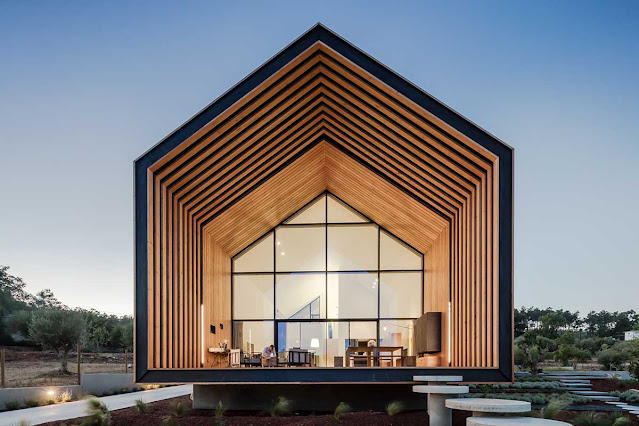Ante-European Epoch (Before 1494 AD):
The initial denizens of Jamaica, the Taino people, graced the island around 4000 BC. Crafting circular abodes dubbed "bohios" from woven straw and wood, these structures were elevated, providing both ventilation and safeguarding against floods. Proficient in agriculture, the Taino settlements boasted communal spaces.
Spanish Epoch (1494–1655):
Following Christopher Columbus' 1494 arrival, the Spanish cemented their presence, bringing European architectural nuances. Stone edifices, inclusive of fortifications and churches, took shape under Spanish rule. This architectural blend also incorporated facets of Taino culture.
British Colonial Epoch (1655–1962):
With the British wresting control from the Spanish in 1655, they imported their architectural aesthetics. Plantation houses sprouted during the sugar and slave trade era, mirroring European design with expansive verandas, lofty ceilings, and extensive use of wood. The enslaved populace inhabited less ornate structures on the plantations.
Post-Freedom Era (1838 onward):
Following emancipation in 1838, architectural dynamics shifted as liberated slaves forged their own communities. Housing designs diversified, mirroring the eclectic cultural influences introduced by the residents.
Twentieth Century:
The 20th century witnessed a transformation in housing styles, influenced by contemporary architectural trends. Urbanization and the proliferation of towns and cities gave rise to diverse housing types, ranging from traditional wooden dwellings to avant-garde structures.
Independence and Contemporary Epoch (1962–Present):
Jamaica's liberation from British dominion in 1962 ushered in ongoing evolution in housing trends. A fusion of traditional Jamaican styles and modern architectural influences emerged. Urbanization spurred the construction of diverse residences, from rural cottages to metropolitan apartments.
Across Jamaica's chronicles, architectural landscapes have been sculpted by the island's cultural mosaic, economic pursuits, and the imprint of various colonial dominions. Presently, Jamaican homes epitomize a harmonious blend of traditional and modern aesthetics, emphasizing functionality, climate adaptability, and cultural heritage.
